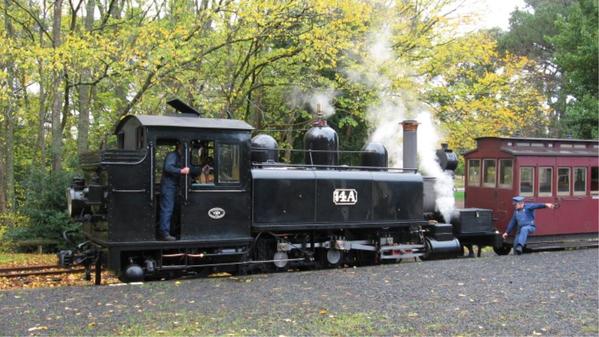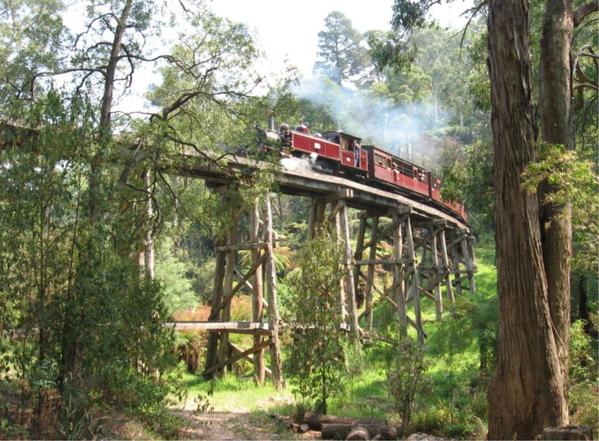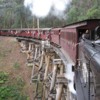I have had an "exchange in opinions" with the publisher of a narrow gauge
oriented magazine on the merits (or lack of) of On30. He, of course, is interested in getting anybody interested in narrow gauge in any form. I armchair someday having a connection with a narrow gauge branch that I plan to build in On3. A lot of resources and development costs have gone into something I consider as American as meter gauge (except for a few mine trams and other odd balls), that I think should have gone into On3. Atlas, I think, has developed HO track with wider ties spacing, which effort should have gone into On3, etc. I don't think Atlas has flex track in On3.
Everything from Bachmann has to be regauged to On3, and there were articles on how to do this in the mags for a while. All time consuming and totally unnecessary, to correct an unprototypical scale. The alternative is to run expensive brass On3 locos, cars, or all kitbuilt cars. (well, you can switch the trucks on the cars, still a nuisance, but the locos...a pain) Am I the only nut that thinks like that? (true, the interchange will be with a three rail O scale line, so that isn't prototypically two rail, either..but it is the conception in my mind that is important)
















